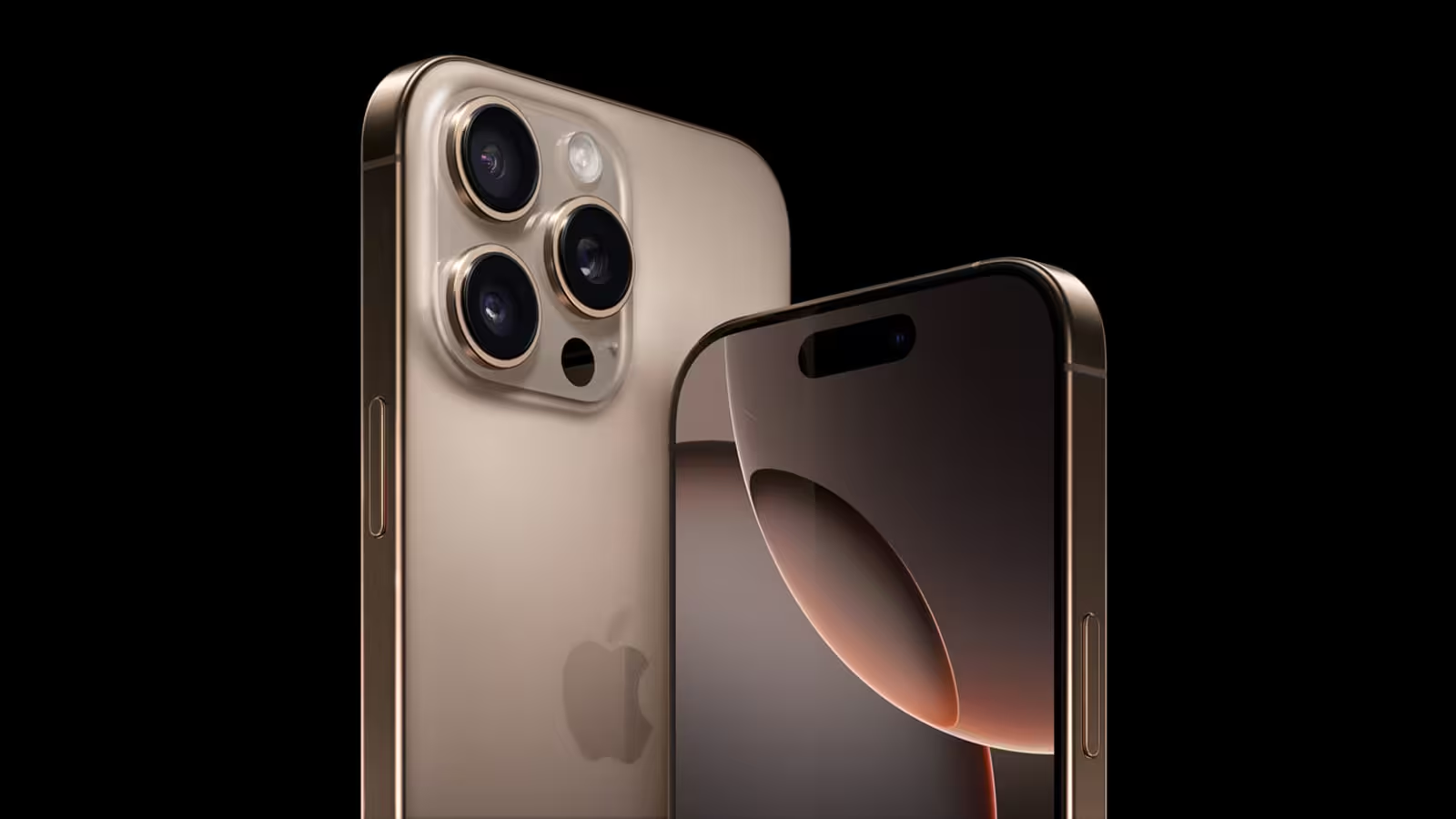2 Minutes
Apple is reportedly embarking on a series of significant design overhauls for its iPhone lineup, aiming to introduce annual innovations culminating in a groundbreaking full-screen model by 2027. This strategic shift marks a departure from the company's previous design cycles, signaling a commitment to continuous evolution in smartphone aesthetics and functionality.
iPhone 17 Pro: A New Camera Aesthetic
The anticipated iPhone 17 Pro, slated for release in 2025, is expected to feature a redesigned rear camera module. Leaks suggest a wider camera bump extending across the device's back, with lenses aligned on the left and the LED flash, microphone, and LiDAR sensor repositioned to the right. While some reports indicate a dual-tone back design, others suggest a uniform color scheme, leaving the final design details subject to confirmation.
iPhone 18 Series: Embracing Under-Display Technology
In 2026, the iPhone 18 series is rumored to adopt a punch-hole design for the front-facing camera, eliminating the existing pill-shaped cutout. This change is expected to be accompanied by the introduction of under-display Face ID technology, allowing for a cleaner and more immersive screen experience.
iPhone 19 Series: The Full-Screen Vision Realized
By 2027, coinciding with the iPhone's 20th anniversary, Apple plans to unveil the iPhone 19 series featuring a true edge-to-edge display. This design would integrate both the front-facing camera and Face ID sensors beneath the screen, achieving a seamless, uninterrupted display. This ambitious move aligns with former design chief Jony Ive's vision of an all-glass iPhone, presenting a minimalist and futuristic aesthetic.
Challenges and Considerations
Implementing under-display camera technology presents challenges, particularly concerning image quality. While some Android manufacturers have experimented with this technology, achieving parity with traditional cameras remains a hurdle. Apple's commitment to annual design changes underscores its dedication to innovation, but the success of these advancements will depend on overcoming technical limitations and ensuring user satisfaction.
Conclusion
Apple's projected roadmap for the iPhone signifies a bold commitment to annual design innovations, culminating in a full-screen device by 2027. These developments reflect the company's dedication to pushing the boundaries of smartphone design and technology, promising an exciting evolution for iPhone enthusiasts in the coming years.


Comments